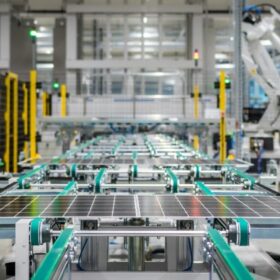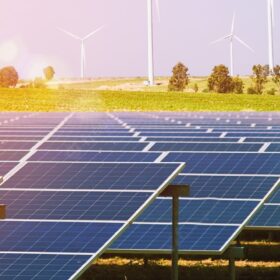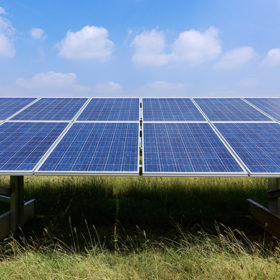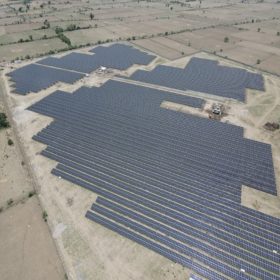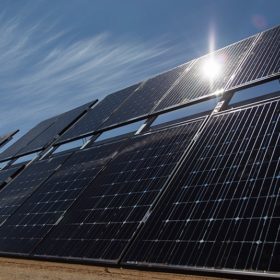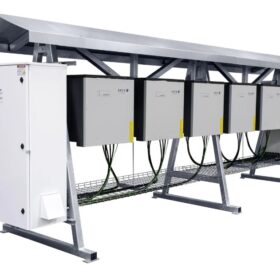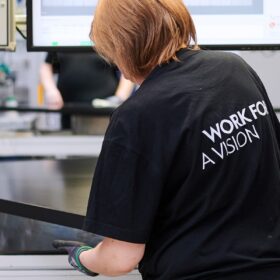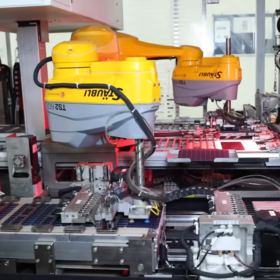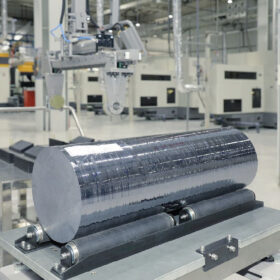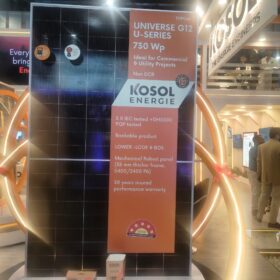“Pumped hydro storage is the most emerging opportunity in power sector”: NHPC chairman
RK Vishnoi, chairman and managing director of NHPC, said pumped storage will be the mainstay for NHPC in the near future. The state-owned power producer has already signed MoUs to develop multiple gigawatts of pumped storage projects in Andhra Pradesh, Gujarat, Maharashtra, and Odisha.
Deployment trumps solar manufacturing in EU priorities
A lack of clear policy support, raw material dependency, and higher production costs are inhibiting the localization of European solar manufacturing, despite strong demand.
German consortium plans 5 GW vertically integrated solar module production
Heckert Solar, Wattkraft and Interfloat are planning to invest around €2 billion ($2.18 billion) in three different manufacturing facilities that will produce everything from polysilicon to solar modules.
PFC reports record profit in FY 2022-23
Power Finance Corp. (PFC), the largest lender to the Indian power sector, recorded a net profit of INR 11,605 crore in FY 2022-23.
Tata Power to add 9 MWp solar at Tata Motors’ Uttarakhand factory
Tata Power Renewable Energy Ltd will develop an additional 9 MW ground-mount solar plant at Tata Motors’ Pantnagar factory in Uttarakhand, taking the facility’s cumulative PV capacity to 16 MWp.
Sunsure signs solar PPA with Ayurveda major Dabur
Sunsure will establish a solar power plant to supply electricity to Dabur’s factory in Ghaziabad under a 25-year purchase agreement.
Driving renewable energy adoption: Challenges and opportunities
India’s robust economic growth translates to rising demand for energy. This demand provides a substantial market for renewable energy investments, encouraging firms to venture into this sector. However, as the nation marches ahead in RE adoption, it needs to overcome challenges like high capital costs and inadequate grid infrastructure.
ReNew reports profit in Q1 FY 2024
The Indian renewable energy developer recorded a net profit of INR 2,983 million ($ 36 million) for the three-month period ended June 30, 2023, compared to a net loss of INR 104 million in the corresponding period last year.
Siemens to open US utility-scale solar inverter factory
Siemens says it plans to set up an 800 MW utility-scale inverter factory in the US state of Wisconsin. The facility will focus on the production of string inverters.
Meyer Burger shifting focus to US market
Meyer Burger is now prioritizing the establishment of new module and cell production facilities in the United States, driven by favorable market conditions in the country.


